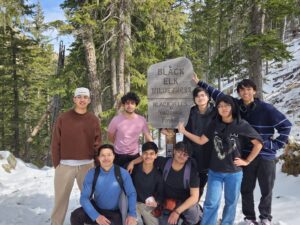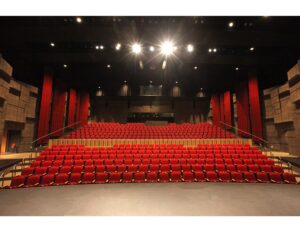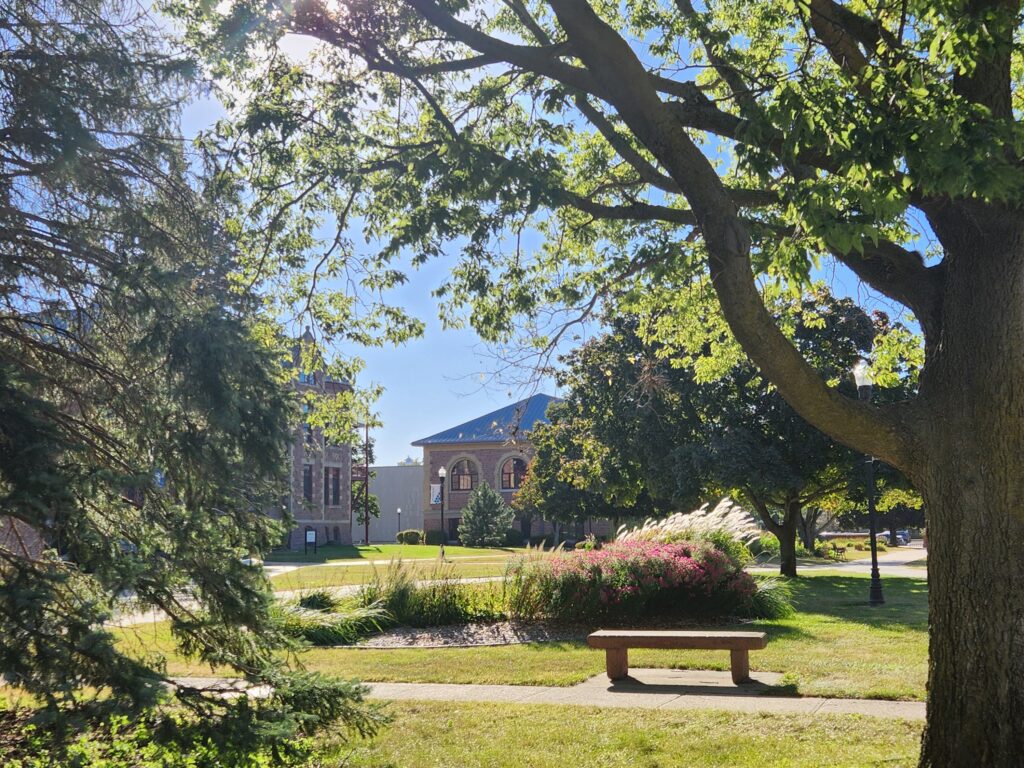DSU-SEDS: We Are Launching!
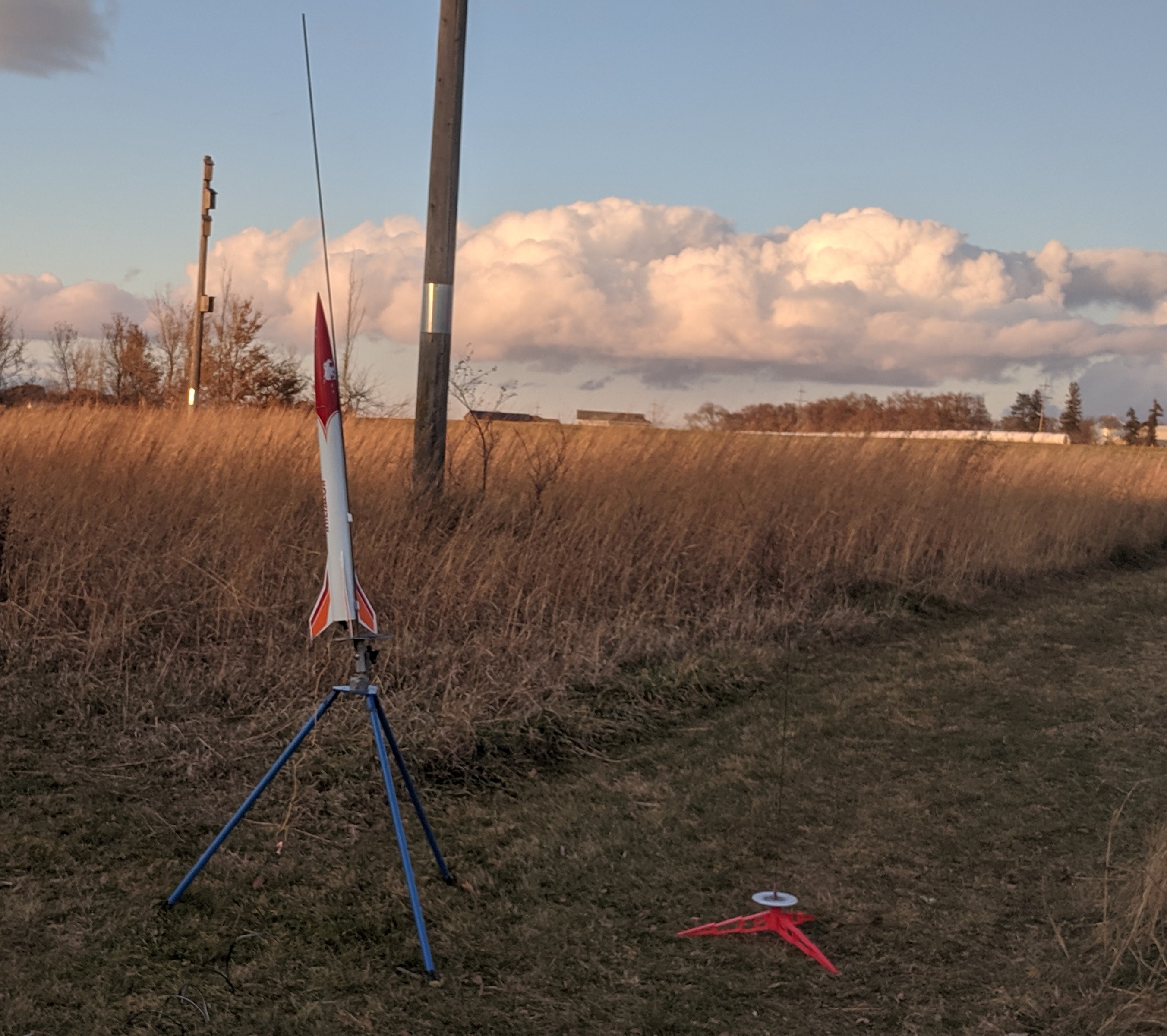
Recently the DSU space club, formally recognized as the local chapter of SEDS (Students for the Exploration and Discovery of Space), hosted a low and mid-power rocketry demonstration. Dr. Maloney who is director of the space club invited Paul and Andrea Paulman from The Heartland Association of Rocketry (T.H.O.R.) to join the event. Paul, who holds a level 3 certification in high-power rocketry, launched several mid-power rockets. T.H.O.R. is affiliated with both the National Association of Rocketry and Tripoli Rocketry Association, both of which are responsible for licensing. Paulman assisted Dr. Maloney with his certification process and in turn Maloney and a few DSU students will be launching their own high-power build at one of T.H.OR.’s events.
I sat down with Dr. Maloney and discussed the certification process and what students can learn from building and launching model rockets. The first thing that becomes clear when talking to him about this subject is how passionate he is about science and learning through doing. Maloney let me know that the certification process was straight forward and was “like getting a real estate license” requiring little more than a written safety test. The model rocket associations are self-regulated, and as such once certified you are able to certify anyone to the level of certification you hold. This opens the door for students to get involved with high power rocket launches and provides an opportunity for certification as well.
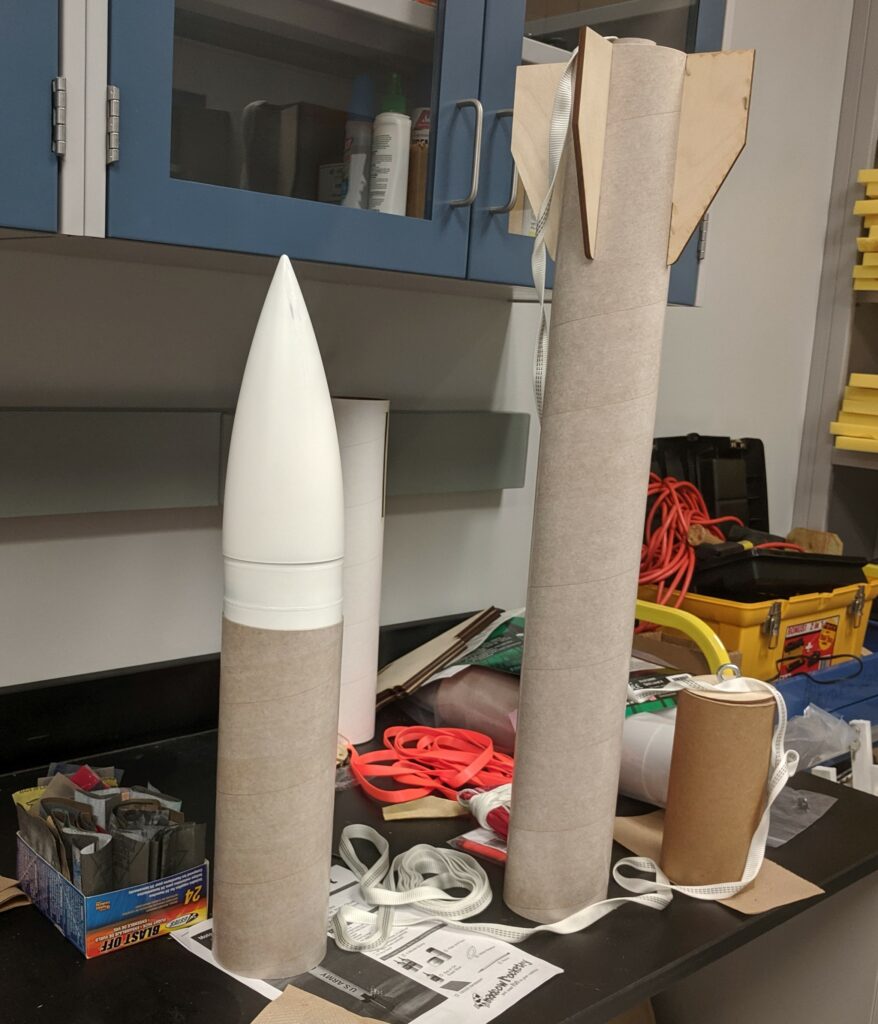
Building rockets at the model stage and at the enterprise level follow two formats: cutting edge technology, and established standards. NASA relies on stable builds whereas SpaceX is pushing the envelope and building state of the art tech to advance the capability of rockets. Many model kits exist from small scale to high-power builds that can measure over ten feet, these are examples of established and tested models. On the other hand, it is possible to take what is learned in a computer simulation and build from scratch to test for specific goals or simply to demonstrate the ability to design and launch a rocket. Open Rocket is a software which allows for simulation of different building materials including cardboard, fiberglass, and metal.
Model rockets are a perfect STEAM project, for kids and adults. Traditionally there has been a heavy focus on the need for math and science in rockets, they are indeed the core concepts after all. Open Rocket and the popular Kerbal Space program offer students an opportunity to learn engineering skills. Rapidly building and testing on computers students learn what makes a good rocket and how to tailor the design to fit the purpose of the payload. The inclusion of small electronics bays on mid and high-power rockets offers a great way to implement the twenty-first century skills students are acquiring and learn in simple terms what it takes for groups like NASA and SpaceX to make it into orbit. Rocket building can be an intimidating activity to get involved with. However, simple rocket builds exist that can be assembled within an hour and give the focus to design and decoration demonstrating how art rounds out STEAM programs.
One of the biggest problems associated with rocket launches is recovery. There are a number of ways to track rockets, ranging from rudimentary to advanced technologies. Paulman used a simple device which emits a beeping sound to track once the rocket has landed. With the use of an electronics bay GPS recovery can be integrated with devices such as raspberries pi and Arduinos. Dr. Maloney wants students to take what they learn from inner-discipline cooperation to the workforce and be able to think “I can contribute because I understand.” Learning from different fields other than just your declared major is necessary to be able to understand how other people’s jobs come together to make big projects successful. Or as Dr Maloney put it, “Think about how science and technology work together.” Use the way that STEAM is directed at blending the major fields of education, and to take those principles into the workplace.
The important reason students should build rockets Dr Maloney said is to “have fun at college.” He went on to add that the learning is a great side effect and the process helps students apply the scientific model. Building model rockets can teach new ways to learn and use ingenuity to use that education in other areas of life such as future jobs and degrees. The phrase “make it earn its paint” is a nice way to sum up rocket building. The meaning being that if the rocket isn’t recovered or is damaged it feels better if you didn’t put the time into a nice paint job, then after a successful launch you can decorate it and launch it many more times.
If you are interested in building and launching rockets or want to learn more about the certification process. Dr. Maloney suggests visiting NAR.org.

